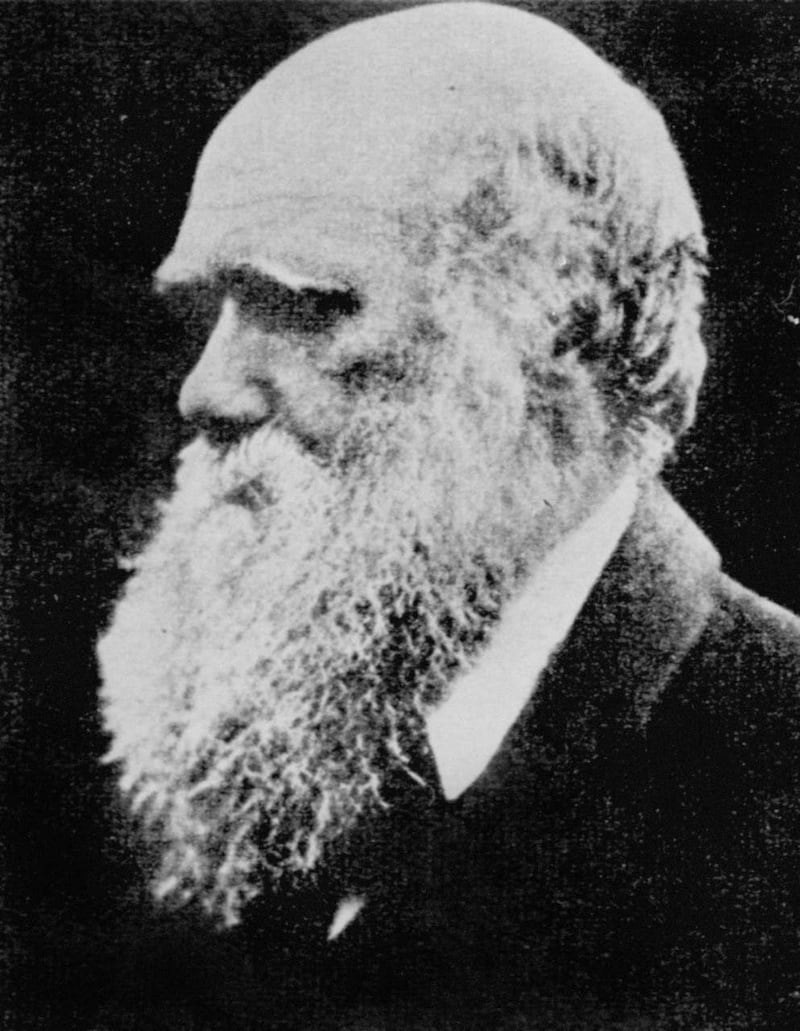DNA from a rabbit once owned by Charles Darwin has helped show how the species fought back from the deadly disease myxomatosis through natural selection.
The rabbit which belonged to Darwin, who conceived his theory of natural selection in 1838, was among nearly 200 rabbits analysed as part of a study led by Cambridge University.
Darwin’s rabbit was a wild rabbit collected in Kent, said a spokesman for London’s Natural History Museum, where it is now housed.

Specimens used in the study date from 1865 to 2013 and come from 11 natural history museums in the UK, France, Australia and the United States.
Scientists sequenced nearly 20,000 genes and found that modern rabbits in the UK, France and Australia have acquired resistance to myxomatosis through the same genetic changes.
They were able to pinpoint mutations that have emerged since the myxomatosis pandemics of the 1950s.
They found that resistance to the disease relies on the cumulative impact of multiple mutations of different genes.
Natural selection is a process where organisms that are better adapted to an environment will survive and reproduce.
Lead author Joel Alves, of Cambridge University, said: “We compared rabbits collected before the virus outbreak in the 1950s with modern populations that evolved resistance, and found that the same genes had changed in all three countries.
“Many of these genes play a key role in the rabbit immune system.
“Often evolution works through big changes in single genes, but our findings show that resistance to myxomatosis likely evolved through lots of small effects spread across the genome.”
He said it was difficult to get DNA samples from so many long-dead rabbits, and that not all natural history museums keep rabbits as they are “not very exotic” compared to other species.
Darwin mentioned preparing the skeleton of the rabbit that was used in the study in his book The Variation of Animals and Plants under Domestication.
The rabbit was part of a large donation of over 100 specimens of mammals and birds made by Charles Darwin to the Natural History Museum’s collection in 1868, the museum said.
The study is published in the journal Science.








